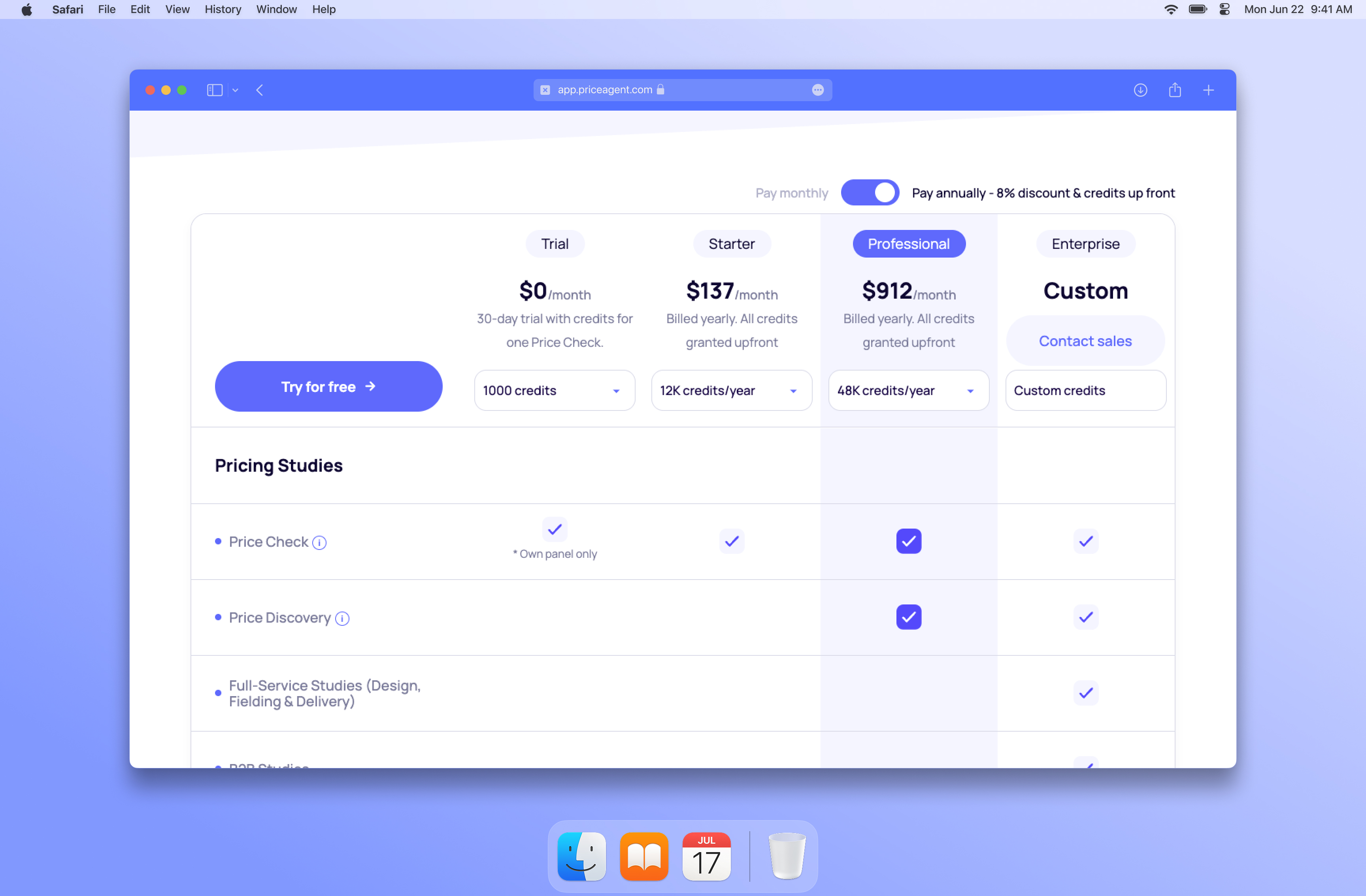The Link Between Engagement Metrics and Pricing
How engagement metrics help businesses make data-driven pricing decisions. Use engag

How to Optimize Your Business Strategy
In today’s digital age, engagement metrics have become an essential part of measuring the success of any marketing campaign or business strategy. These metrics can provide valuable insights into customer behavior, preferences, and overall satisfaction. But how do engagement metrics tie into pricing strategies? This article will explore the link between engagement metrics and pricing, and how businesses can optimize their pricing strategies based on customer engagement data.
Understanding Engagement Metrics
Engagement metrics are a set of measurements that businesses can use to track how customers interact with their brand across various touchpoints. Some of the most common engagement metrics include click-through rates, bounce rates, time on site, and social media engagement. These metrics help businesses understand how customers engage with their content and what motivates them to take action.
Importance of Engagement Metrics for Pricing
When it comes to pricing strategies, engagement metrics play a critical role in helping businesses make informed decisions. For example, high engagement rates can indicate that customers value a product or service more, which can potentially justify a higher price point. On the other hand, low engagement rates may indicate that customers are not finding a product or service as valuable, which may warrant a lower price point.
In addition to helping businesses determine the optimal price point, engagement metrics can also be used to inform pricing strategies in other ways. For instance, businesses can segment customers based on their engagement levels and offer different pricing options to each group. This approach allows businesses to tailor their pricing to specific customer segments based on their engagement levels.
How to Use Engagement Metrics to Optimize Pricing
To optimize pricing strategies using engagement metrics, businesses should take a data-driven approach. Here are some practical steps businesses can take to use engagement metrics to optimize pricing:
Monitor engagement metrics regularly: To use engagement metrics effectively, businesses need to monitor them regularly. This allows them to track changes in customer behavior and make informed decisions based on the data.
Test different price points: By using engagement data, businesses can test different price points and see how customers respond. This approach can help businesses identify the optimal price point for each product or service.
Segment customers based on engagement levels: Businesses can segment customers based on their engagement levels and offer different pricing options to each group. This approach allows businesses to tailor their pricing to specific customer segments based on their engagement levels.
Use engagement metrics to inform product development: Finally, businesses can use engagement metrics to inform product development. By analyzing customer engagement data, businesses can identify areas for improvement and make changes to their products or services accordingly.
Case Studies
To illustrate the real-world impact of engagement metrics on pricing, here are two case studies:
E-commerce: An online retailer noticed that customers who spent more time on their website tended to buy more products. As a result, they raised their prices slightly and saw an increase in revenue from those customers.
SaaS: A software company noticed that customers who used their product more frequently were less likely to cancel their subscription. They used this data to create a loyalty program that offered discounts based on usage frequency, which led to increased customer retention .
Conclusion
Engagement metrics play a crucial role in informing pricing strategies, as they provide valuable insights into customer behavior and preferences. By using engagement data to optimize pricing, businesses can increase revenue and improve customer satisfaction. By understanding and leveraging engagement metrics, businesses can gain a competitive advantage in their respective industries.




